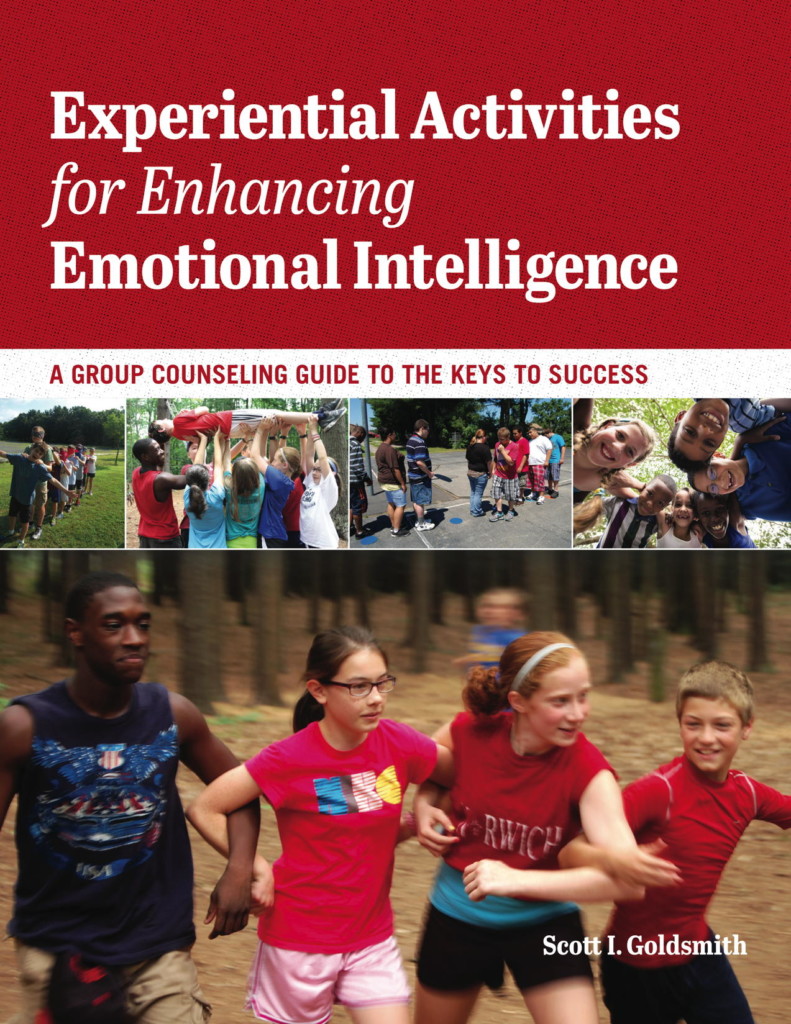By Scott I. Goldsmith, M.S., LPC
I want to talk about three concepts and what they mean for those of us helping kids grow their brains!
- While most people know that children’s brains are rapidly developing throughout childhood, many people are not aware that their brains also shrink a few times during their youth. While our brains are creating thousands of new synaptic connections between neurons during the first two years of life, thousands of synaptic connections are pruned away between about two and ten years of age and again in adolescence and early adulthood to make the brain more efficient. Which connections remain and which ones go away? The brain operates under the “use it or lose it principle.” That means that the neural connections that we use stick around and the ones we don’t get pruned away. How kids choose to use their noggin matters…a lot!
- Our frontal lobe, which is responsible for our executive functions such as attention, judgment, and self-regulation, is the last part of the brain to develop and is finally fully cooked sometime in our mid to late twenties. For children and teens, they are making decisions using more emotion than logic, which can be a problem for our more logical adult brains.
- There was a time when we believed that once our adult brains are developed, we could only lose neurons, not grow new ones. That, it turns out, is false. Neurogenesis says that we can actually continue to grow our brains later in life. What prompts our brains to continue to grow? In addition to dietary factors, it is believed that physical exercise and complex mental activity (learning new stuff) helps our brains.
Before I explain what this means for us, I want to share a few stats:
- First, depression in children and teens nearly doubled between 2009 (8.1%) to 2019 (15.8%). Anxiety has also increased dramatically in that age group though no official stats seem to be available.
- Obesity has grown in this population from 11% during the 1988-1994 time period to 19.7% for 2017-2019. While the pandemic obviously pressed the acceleration pedal for these issues, the problem began well before 2020.
Putting this all together, I believe that our current immediate gratification society leads to brain development in children in a way that makes it extremely difficult for them to process anything that is not about the present moment as those “not used” connections have been paired away. If you are constantly being gratified immediately, you lose things like patience, understanding of cause and effect, and the ability to foresee what might happen beyond right now. If you can’t foresee the future to some degree, you become very anxious. This is what we see more and more, coinciding with the rapid development of social media.
In the same time period, children have become less physically active and are increasingly obese. Social skills have decreased due to many children living most of their social lives through phones and computers. This lack of a healthy lifestyle, along with decreased real life social connections, has likely contributed to the increase in depression as noted above. But now we know, we can help these children and teens change and grow their brains. How? Activity and complex thinking! So, ready? Here’s what we need to do more of….in my book, Experiential Activities for Enhancing Emotional Intelligence: A Group Counseling Guide to the Keys to Success, I present over 150 activities and how to utilize these activities to grow social emotional learning skills. The activities combine physical movement and complex thinking. These are specifically the types of activities that kids need to do more. While the activities in the book are not specifically designed to teach curriculum, they can be adapted to do just that. One of my colleagues, who teaches science in an alternative high school for students with emotional and behavioral challenges, has done just that, and more! He uses highly engaging activities to teach science lessons, then metaphorically connects those science lessons back to social emotional learning concepts! It’s brilliant and the kids are more engaged in his class than more traditional classes.
Get the kids moving and thinking at the same time. This will help with the following:
- Promote physical health
- Improve the connectivity in their brains
- Expand their ability to consider time zones beyond the present
- Enhance social skills
- Learn to delay gratification, and
- Lead to brains growing in a healthier way!
Scott I. Goldsmith is the author of Experiential Activities for Enhancing Emotional Intelligence: A Group Counseling Guide to the Keys to Success published by Research Press.

